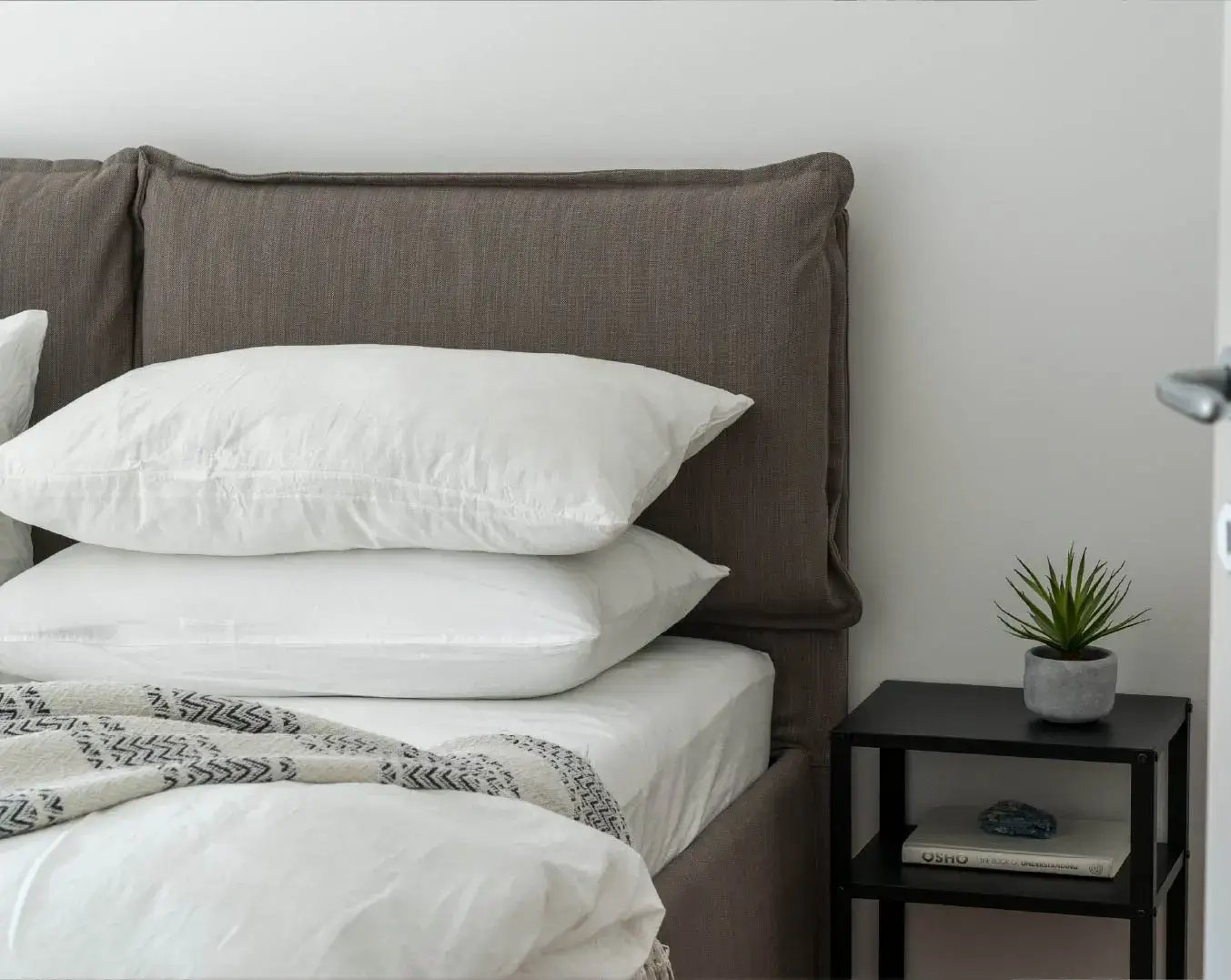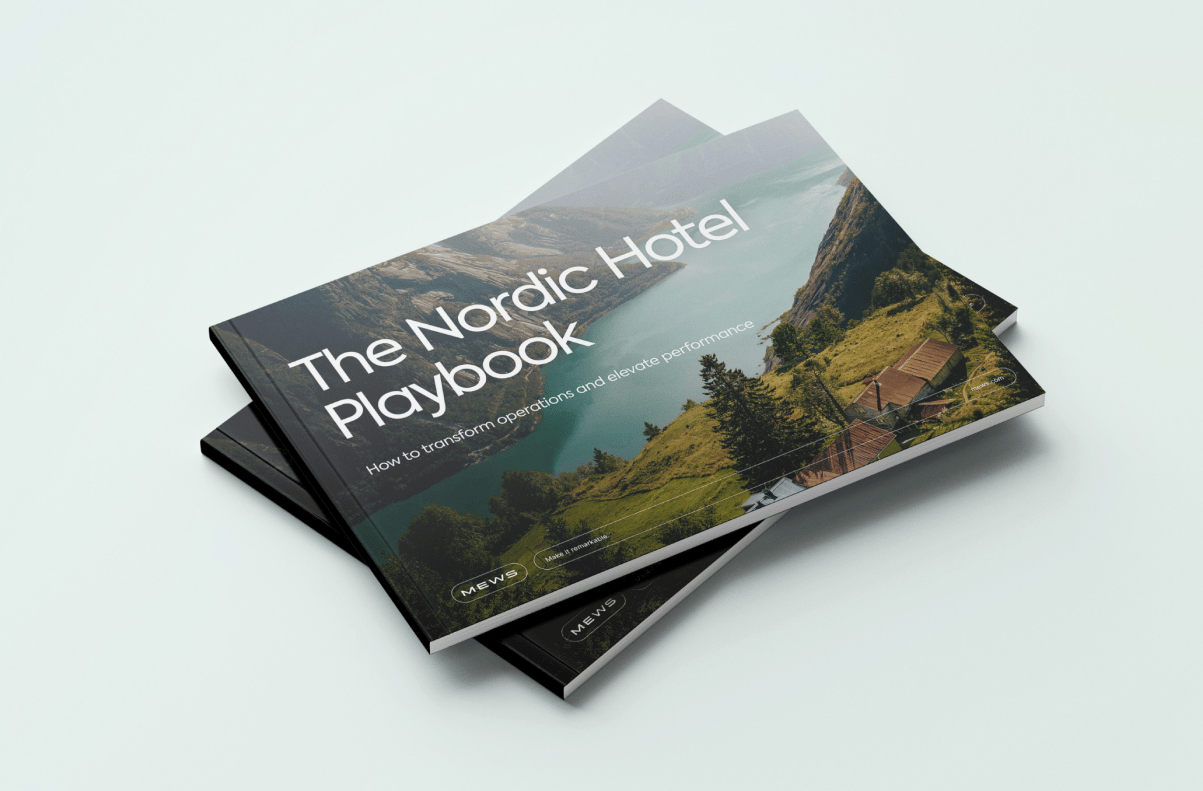Cost-based pricing is among the most straightforward ways for hoteliers to determine how much they should charge for a hotel room. At the same time, it contributes to profitability by ensuring that prices cover expenses. However, cost-based pricing may not reflect the value perceived by guests or the market conditions. That’s where a holistic approach to pricing comes in as a way to stay competitive and maximize revenue.
We will delve into the cost-based pricing model and show you how to calculate your rate based on this model. From simplicity to risk management, this article has everything you want to know about this strategy.
Table of contents
What is cost-based pricing?
Cost-based pricing lets hoteliers set prices for rooms, services and amenities based on how much they cost their hotel, and then add a profit margin. First, you must calculate the total operating expenses, including fixed costs like rent, utilities and salaries, adding variable costs like housekeeping supplies and guest amenities. What are the real hotel housekeeping cleaning costs per room?
The next step is to add all these expenses up to determine a profit margin that will help reach optimal profitability. Always consider market conditions, competitor pricing and more abstract concepts like the hotel’s perceived added value based on your offerings.

Why use a cost-based pricing strategy in your hotel?
Cost-based pricing is the easiest and most financially secure way of determining prices. As long as you sell the room, you're guaranteed to make a profit that makes financial sense to your property. A break-even strategy means earning enough to cover costs, which is ideal during low season. A cost-plus strategy puts a profit margin on top of your prices, which should be your go-to strategy during times of regular demand.
This strategy also gives you more control over your revenue. If you sell a room at X price, you will earn X profit rather than trying to forecast prices based on market conditions.
How to calculate your hotel cost-based pricing?
The formula is simple: divide the total costs of running your hotel per day (the daily operating costs) by the total number of occupied rooms + profit margin to get the average room rate. Identify all your costs, choose between break-even or the cost-plus strategy, and then find the profit margin you want to apply
Considering acquisition costs is crucial because you can’t be successful without regularly bringing in guests. And if you’re spending too much on acquiring them, you also eat away at your profitability. Determining all the operating costs can be challenging, but it will inform your decisions.
Benefits of cost-based pricing strategy in the hotel industry
This model is popular because it guarantees a minimum profit and supports long-term planning. It’s simple, transparent and less risky, allowing hoteliers to cover and recover costs. Let’s take a closer look at all the benefits.
Simplicity
We've already mentioned how it's the most straightforward method because it directly links prices to the costs incurred. It's worth mentioning that this simple way of calculating pricing ensures that costs are covered no matter what.
Profitability
Profitability is the name of the game – it doesn’t make sense for your hotel to operate if it’s not covering costs. With this method, you can calculate a desired profit margin that covers expenses and generates profits. By aligning these two factors, your hotel can stay profitable and reinvest in future growth.

Less risk
Cost-based pricing gives you enough wiggle room to adjust to the market conditions. Once you've accounted for all expenses, your hotel can practice risk management and stay financially stable no matter what happens in the industry. While covering costs doesn't guarantee profitability, at least you can effectively plan other strategies that will help drive ancillary revenue to make up for it.
Greater transparency
Transparent pricing is fundamental for your hotel’s reputation. By understanding your costs, you can determine how much you can discount prices. You can also be more transparent with guests, building trust and alleviating the risk of pricing disputes. Knowing your numbers gives you more confidence to defend your prices.
Better planning
Hotels need constant improvement and investment to stay competitive, making cost-based pricing crucial for planning. It helps hoteliers fully understand the possibilities for growth and plan more strategically, whether it's a remodel, maintenance updates, or investing in more staff.
With a clear overview of finances, you can forecast and budget for the future or plan marketing activities to help boost sales when necessary.
Making up for costs
Operating at a loss is a real risk, especially considering demand fluctuation and market conditions. Your fixed and variable expenses show you revenue generated from rooms and services, making it clear whether you operate profitably. Find out more about the future of hospitality.
Conclusion
Cost-based pricing can help you stay financially stable – just don't forget to adapt to changes in demand and consider the market dynamics. This strategy can help your hotel drive revenue and make financially secure decisions.
Determining a price based on your hotel's unique characteristics makes financial sense, but it also helps you stand out within your hotel's comp set. Learn more about defining your hotel's competitive set.

Author
Eva Lacalle
Eva has over a decade of international experience in marketing, communication, events and digital marketing. When she's not at work, she's probably surfing, dancing, or exploring the world.
Hospitality hot takes straight to your inbox
Sign up to our monthly newsletter for industry insights, product news, partner updates and more.

The Nordic Hotel Playbook
Download now


.webp)